How to Paint Baseboards In 11 Easy Steps (With Pictures)
-
Pete Ortiz
- Last updated:

Painting the baseboards of a room can freshen up its décor and give the room a clean and finished look. The whole process of preparing, painting, and tidying up afterwards will usually take two days to complete, and other than some fairly basic tools, the process is relatively simple. Choosing the right paint is important, and so too is deciding on the most effective method of applying the paint: a paint roller doesn’t offer the kind of precision you want, but a combination of brush and pad can be very effective. If you are using a roller, use a 3-inch one and ensure that all dust and dirt is properly removed before you start work.
 Materials and Tools
Materials and Tools
Get all the tools and materials you need for the job ready before you start. This includes buying brushes and ensuring that you have enough paint.
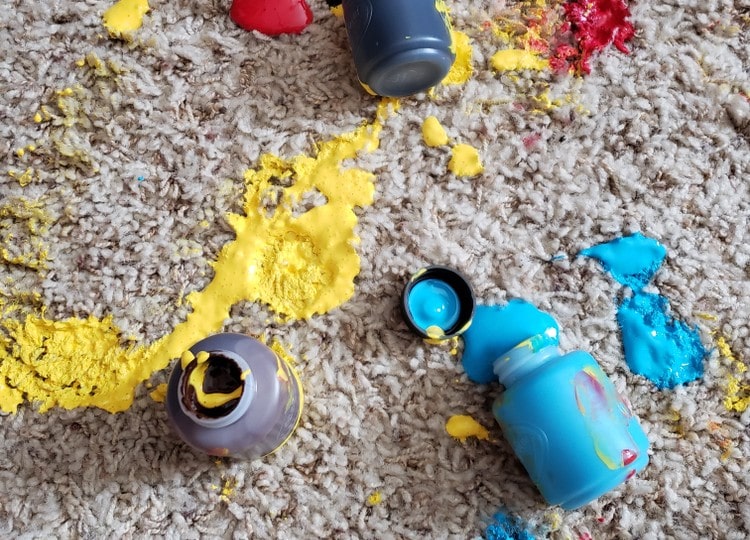
Choosing Paint
A semi-gloss finish is the usual choice for trim, including baseboards. It is more durable than high-gloss and it is easier to clean, so you won’t feel the need to have to repaint again as soon.
Although water-based paints can produce a good finish that is largely free from brush strokes, acrylic and oil-based paints are even better. However, water-based paints provide an easier clean up.
Brushes and Paint Pads
You have the option of what type of tool to use for the application of paint.
Rollers are convenient and avoid brush strokes, but you will need a smaller roller than you would use on walls—a 3-inch roller should enable you to cover most of the baseboard without getting paint everywhere.
A brush does allow for better coverage, but if you use a water-based paint, expect some brush strokes to be evident when finished. Try to use nylon or poly-nylon brushes for the best results.
Pads, which contort around molding are very effective at reaching tight angles and difficult corners.
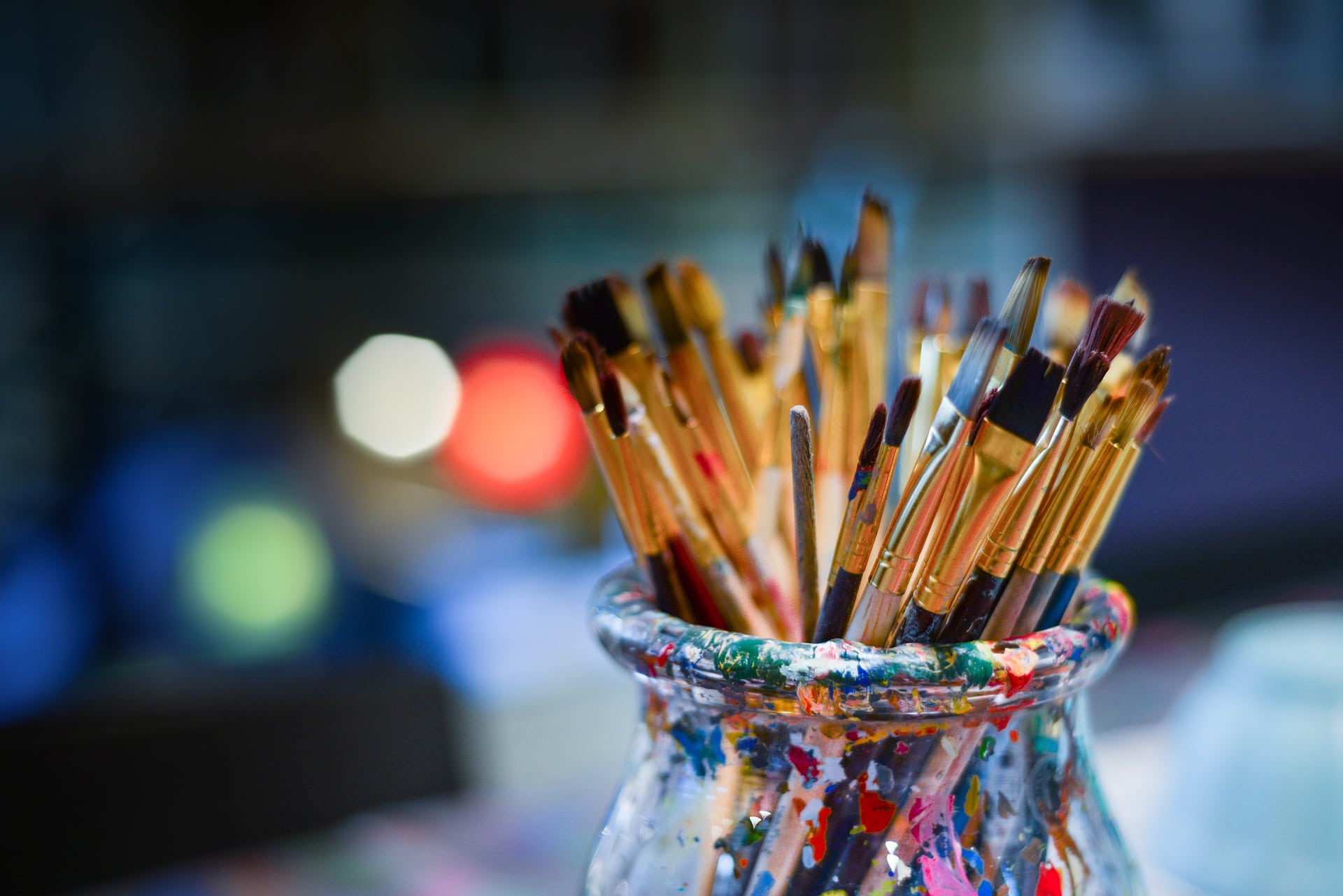
Supply List
- Box fan
- Dish soap
- Clean cloth
- Warm water
- Wood filler
- Putty knife
- Fine-grit sandpaper
- Sanding block
- Paint brush/roller/pad
- Plastic bags
How to Paint Baseboards (11 Steps)
1. Open the Windows
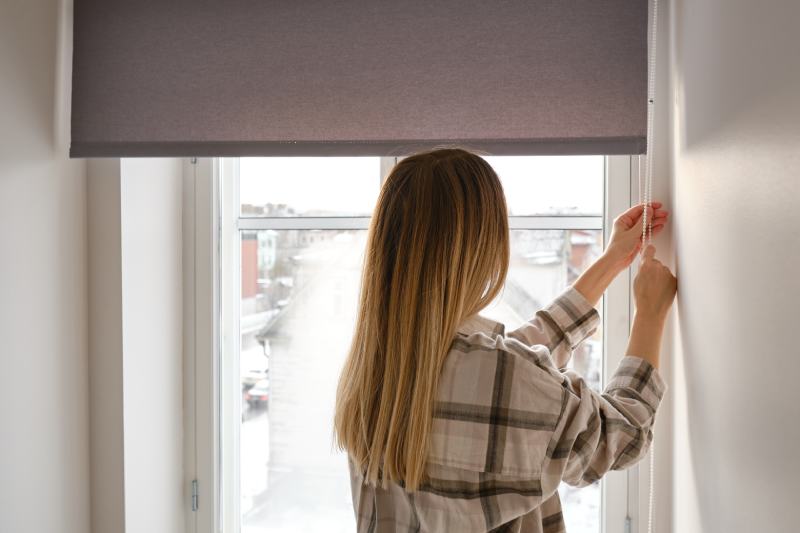
You should always ensure a room is well ventilated before painting. Open windows and doors and, if the room does not have any external windows, use fans to inject fresh air into the room.
2. Clean the Baseboards
Dust and dirt gather at the bottom of rooms and walls, and especially on baseboards. If you don’t clear this dirt away, it will become engrained in the paint and will be impossible to remove without also removing the paint on top. Use some dish soap, warm water, and a clean cloth to completely remove all dirt. Allow the surfaces to dry completely before moving on.
3. Patch Holes and Damage
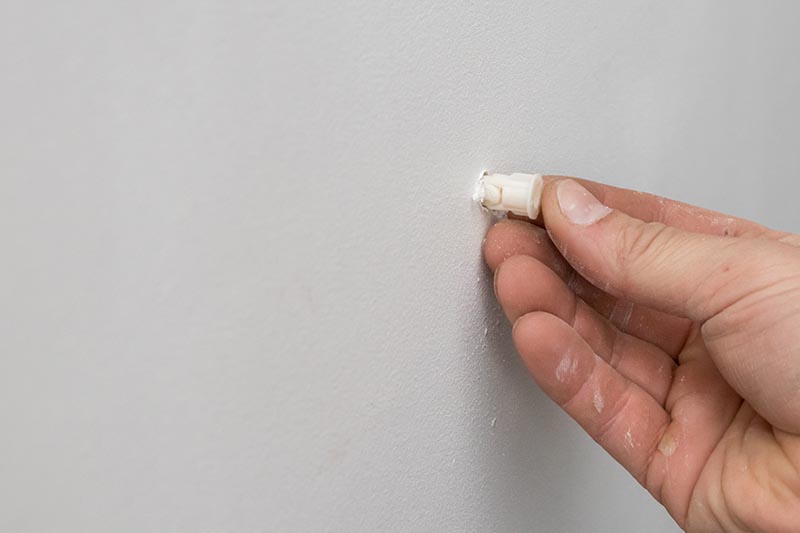
Tiny dints will fill with paint, but anything larger than this will need filling before you paint. Use a wood filler and putty knife. Ensure you fill any nail holes that are visible: this is more of a problem if the board was nailed by hand, rather than using a brad nailer. Allow the putty to dry.
4. Sand Down
Lightly sanding the baseboards will ensure a smooth finish and is especially important if there are paint drips from a previous paint job or if you had to use putty to fill holes. You don’t need to sand all the paint off and are really only looking for a smooth and uniform surface when you come to paint.
5. Tape Up
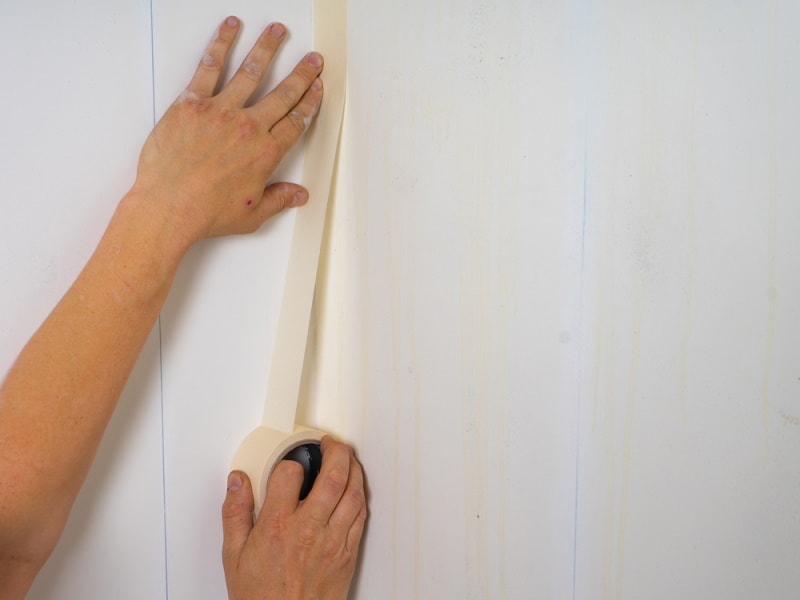
Taping the wall directly above the baseboard and the floor directly below means you can prevent paint from getting where you don’t want it while ensuring that you don’t have to be too careful while brushing or rolling the paint. Use masking tape, or painter’s tape, because it will prevent paint from soaking through but is easy to remove when the job is finished. Use your putty knife to push the tape right up to the baseboard, or slightly behind it, if possible.
6. Protect the Floor
Use a drop cloth to cover the floor. Make sure there are as few creases as possible and place pieces of cardboard down where the roller tray and paint tins will sit. There will inevitably be some drops of paint that find their way down the side of the tin and a pool of paint can soak through the cloth.
7. Prime Baseboards

If you’re painting existing baseboards, they shouldn’t need priming, although may still benefit ifyou had to do a lot of sanding and caulking. If you have had new baseboards fitted and they were not treated before installation, you will need to apply primer. Ensure you cover all of the baseboard as evenly as possible with primer. Let the primer dry before moving on.
8. Paint Baseboards and Let Them Dry
Ensure your paint is well mixed before starting. If necessary, take it to the store to have it shaken. If using a brush, don’t overload it with paint because this will increase the likelihood of drips. Use long strokes along the length of the baseboard and overlap as you move on to the next line. The first coat shouldn’t take too much paint. Leave the first coat to dry for 24 hours. If you will be applying a second coat, wrap your bushes and rollers in plastic bags. That way, you don’t have to wash them and they won’t dry out.
9. Apply A Second Coat and Let Dry
Once the first coat is dry, lightly scuff the surface using sandpaper. This will help ensure the second coat sticks. Otherwise, the paint will run off the surface of the first coat. Apply the second coat in the same way as the first and, again, leave it to dry for 24 hours once completed.
10. Remove Tape
Remove the masking tape from the wall and the carpet once the paint is dry. Don’t remove before the paint is dry or you could smudge your hard work.
11. Clean Tools
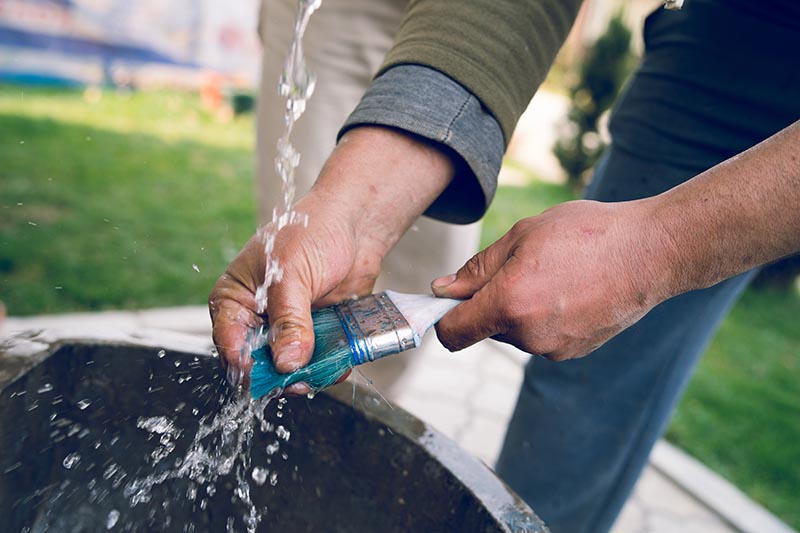
Make sure you clean your brush, roller, and pad before the paint dries. Use a paint brush comb to help get all of the paint out of the bristles more easily and store the tools somewhere clean ready for your next paint job.
 In Conclusion
In Conclusion
Painting baseboards is a great way to freshen up the décor in a room, but it is a job that a lot of people put off because they’re afraid of getting paint on walls or, worse still, in the carpets. Take your time, ensure that you tape up properly and always work in a well-ventilated room to ensure you aren’t inhaling too many noxious paint fumes.
Featured Image Credit: Pixabay
Contents

 Materials and Tools
Materials and Tools
